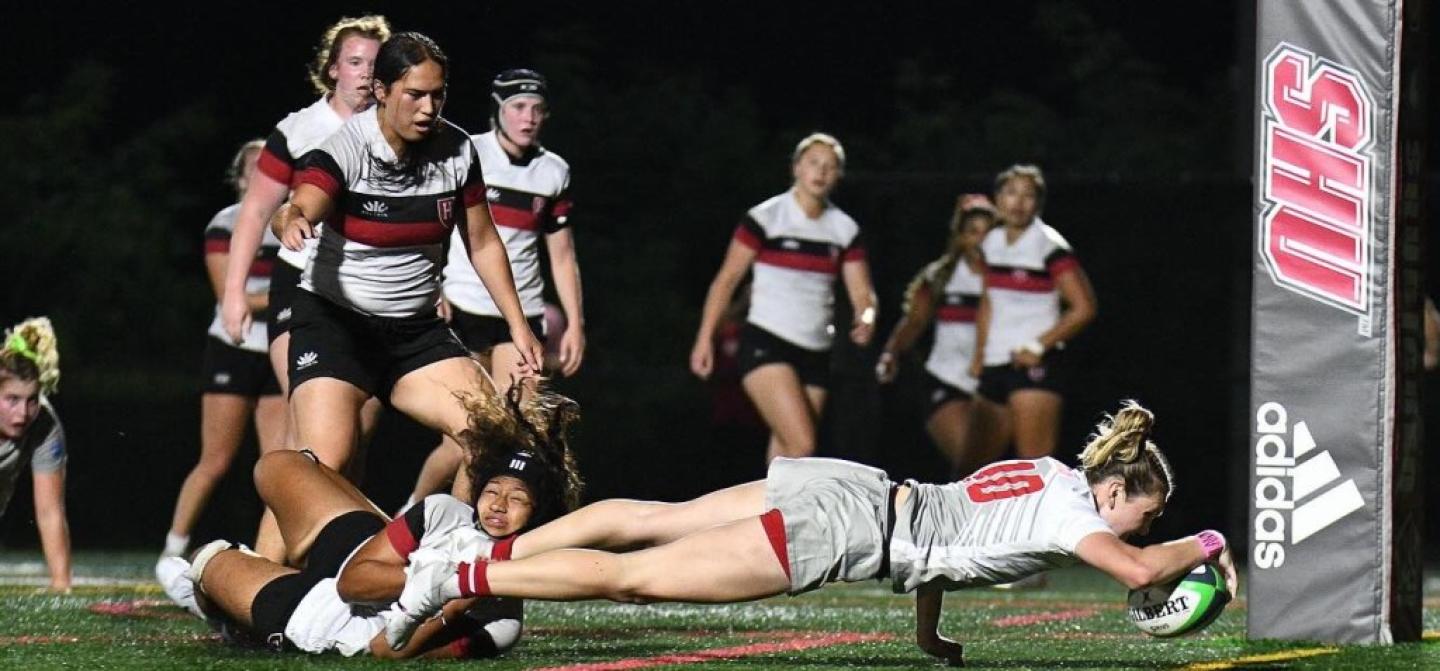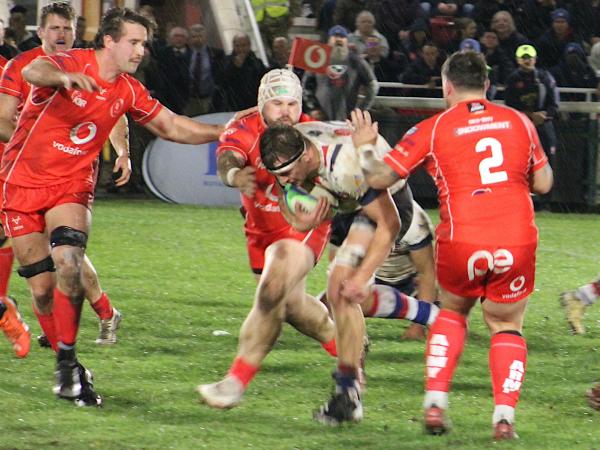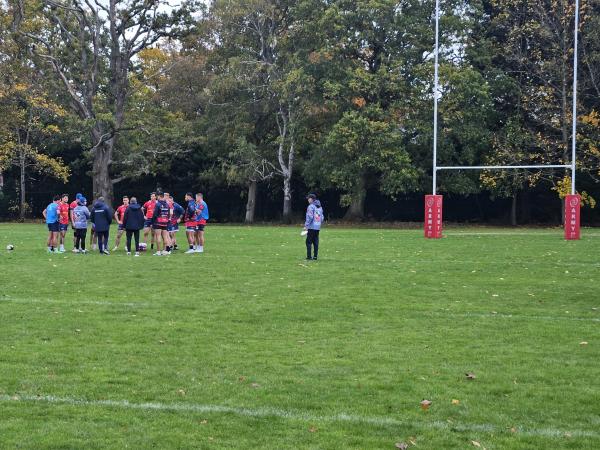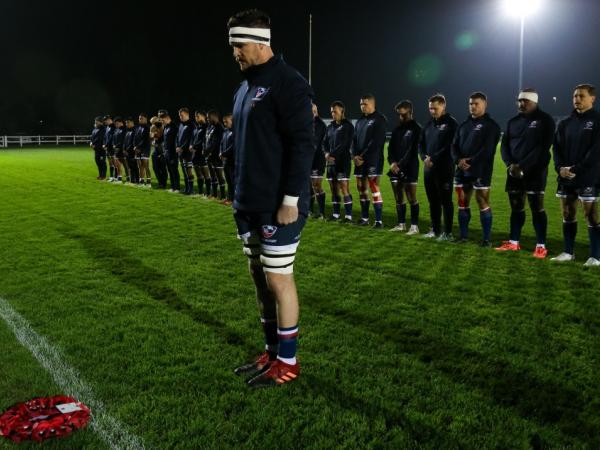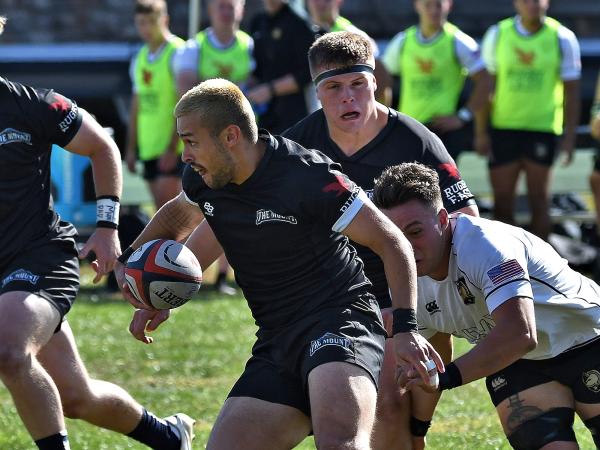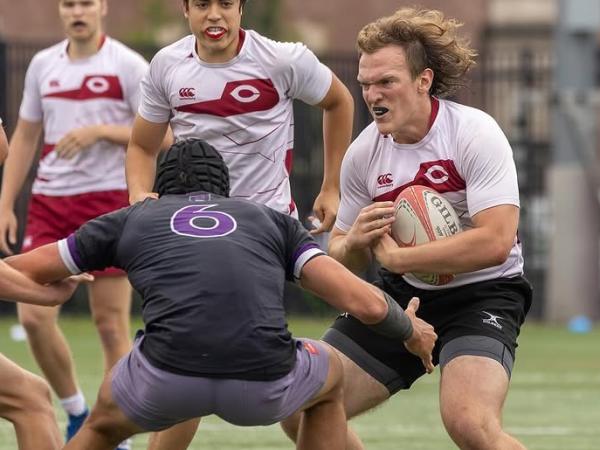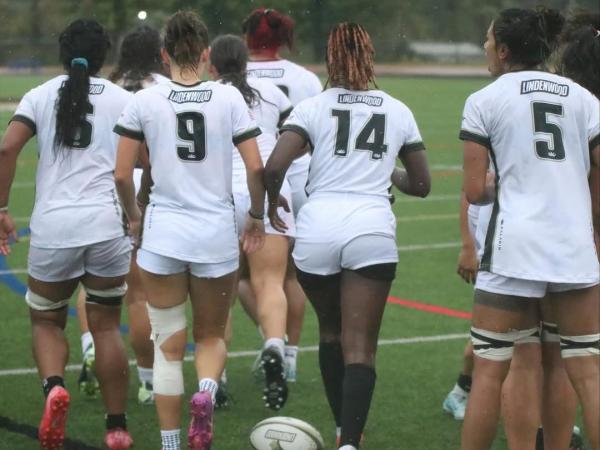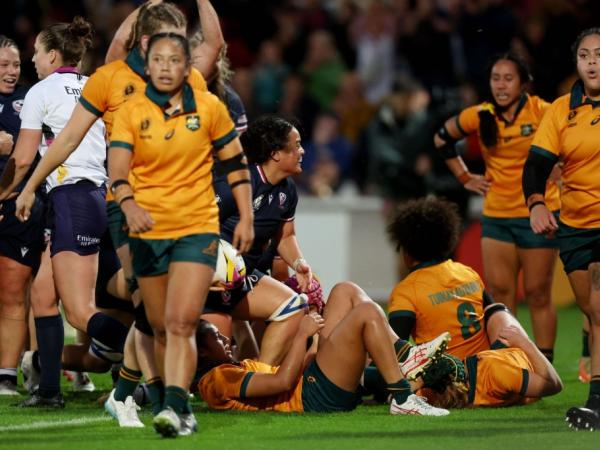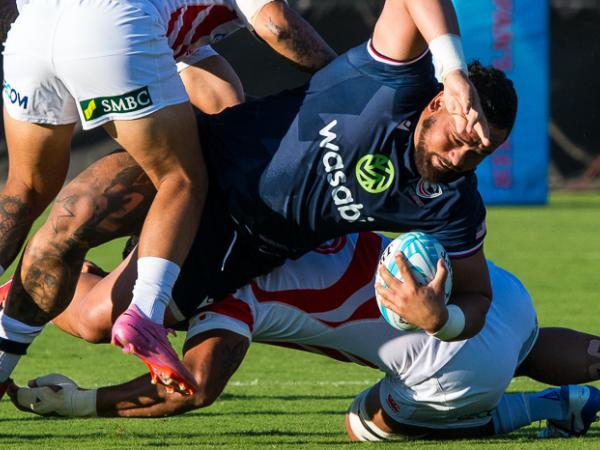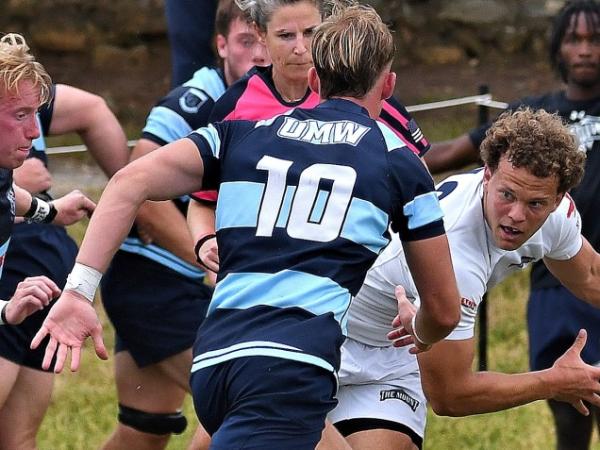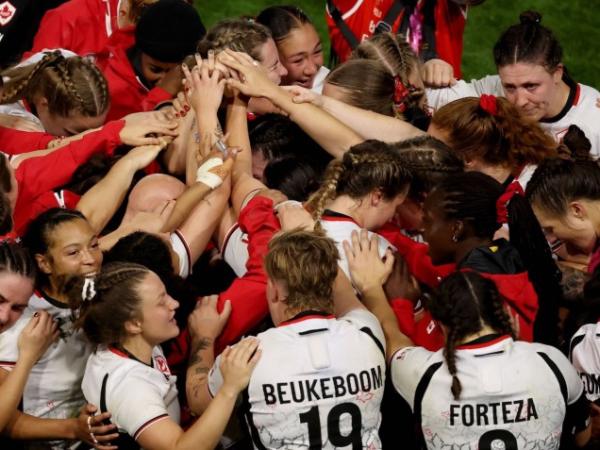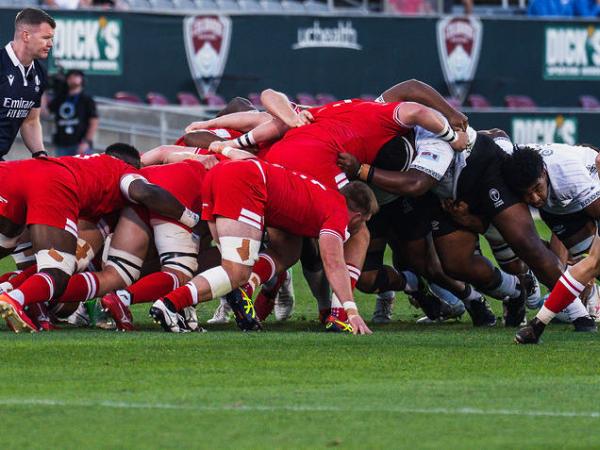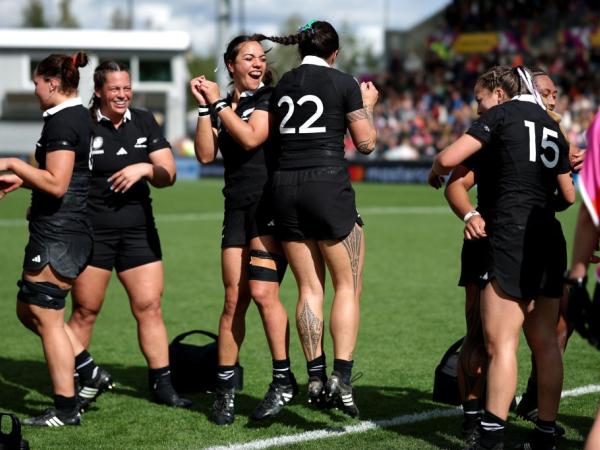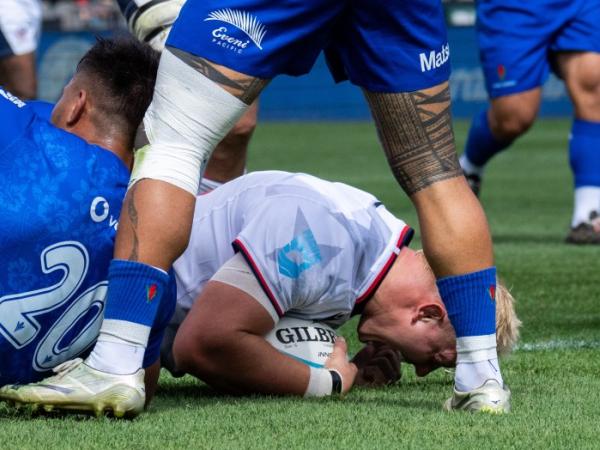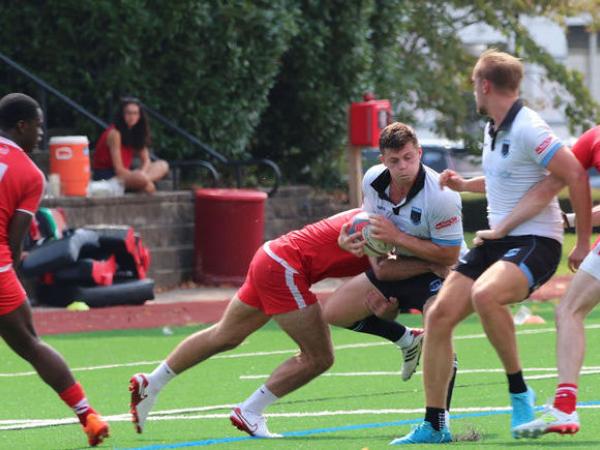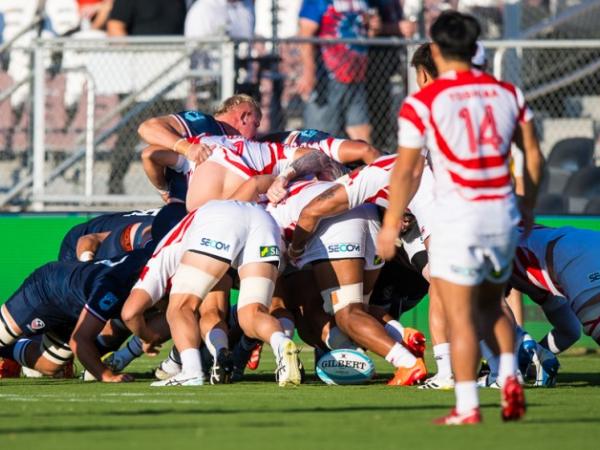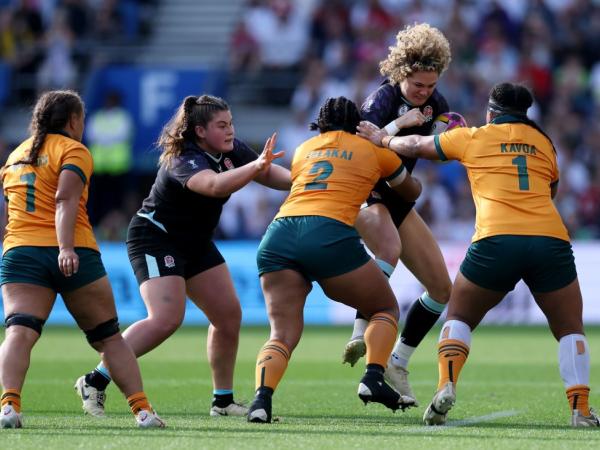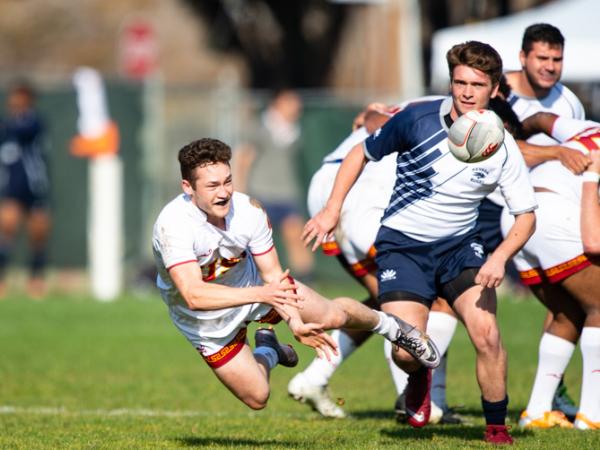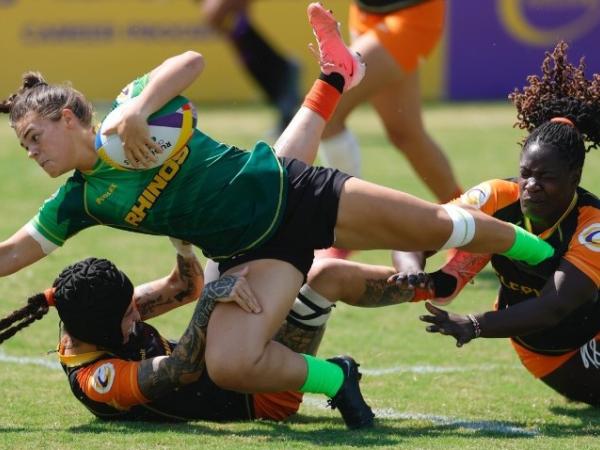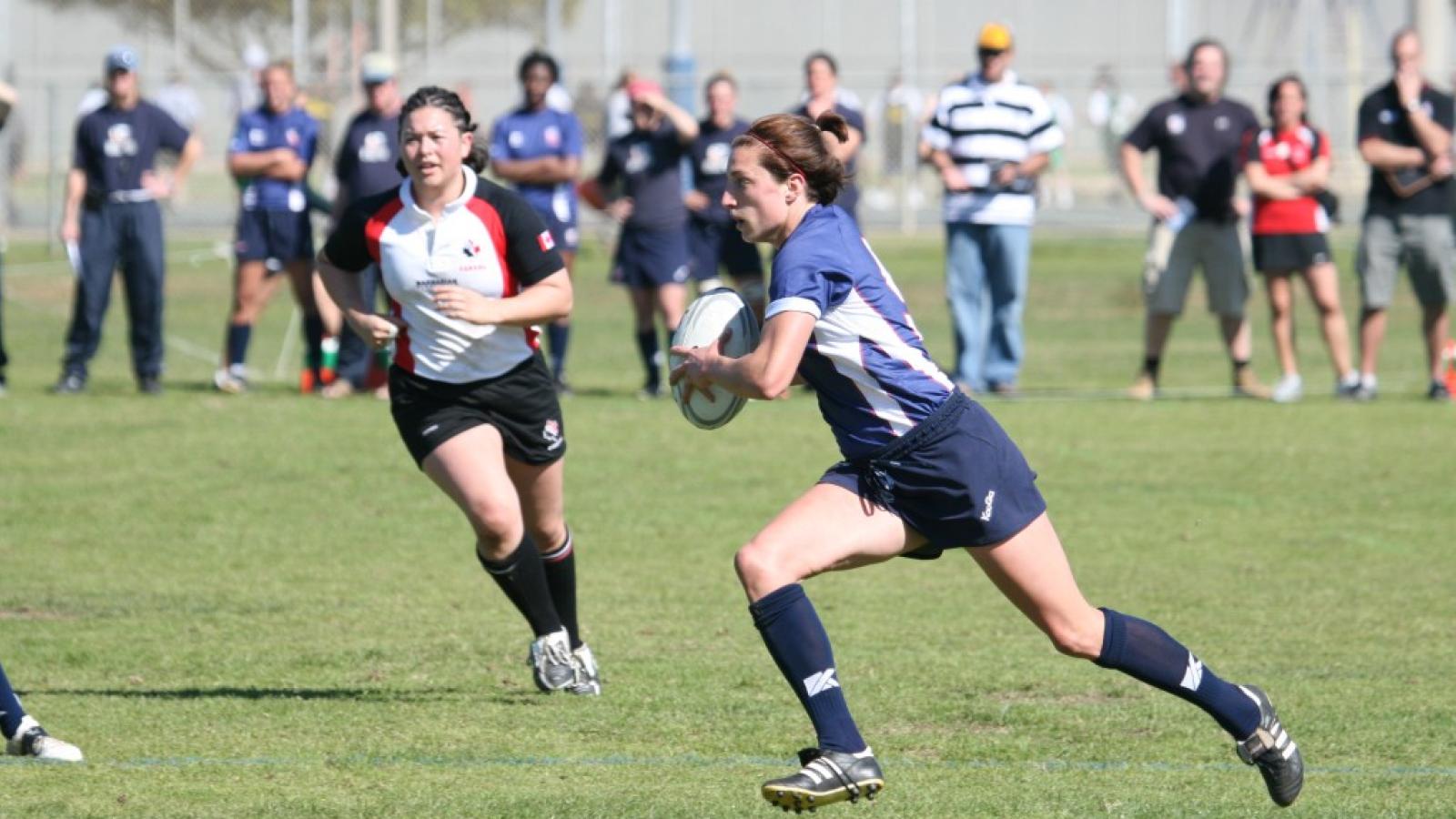The NIRA Power Ratings are out now and at first glance there aren't too many surprises.
The Power Ratings for the NCAA Women's D-I programs is what replaces straight standings and serves to compensate for the fact that the season isn't a straight round-robin.
The Ratings take into account strength of opponent, give a slight penalty for blowouts by more than 65, and factors in defensive performance, too. As we said in our article explaining all of this a tear ago:
1. Winning teams see their points scored in games capped at 65. So scoring more than that doesn’t help you. In fact, it hurts you, because points allowed is NOT capped, so a massive blowout only serves to undercut your strength of schedule. This is a metric that is fully supported by athletic directors within NIRA.
2. Points Per Game and Point Allowed Per Game are measured against the league, and those ratings combine to make the Team Rating.
3. An adjusted winning percentage takes into account the strength of the team you play. Normally you win a game it’s a win and you lose a game and it’s a loss. In this formula, if you beat a very strong team it’s more than a one win, and if you beat a team that’s struggling it’s less than a single win.
Conversely, if you’re not rated highly, a loss to a leading team won’t hurt you so badly.
4. That adjusted winning percentage and the Team Rating factor into the Power Rating.






